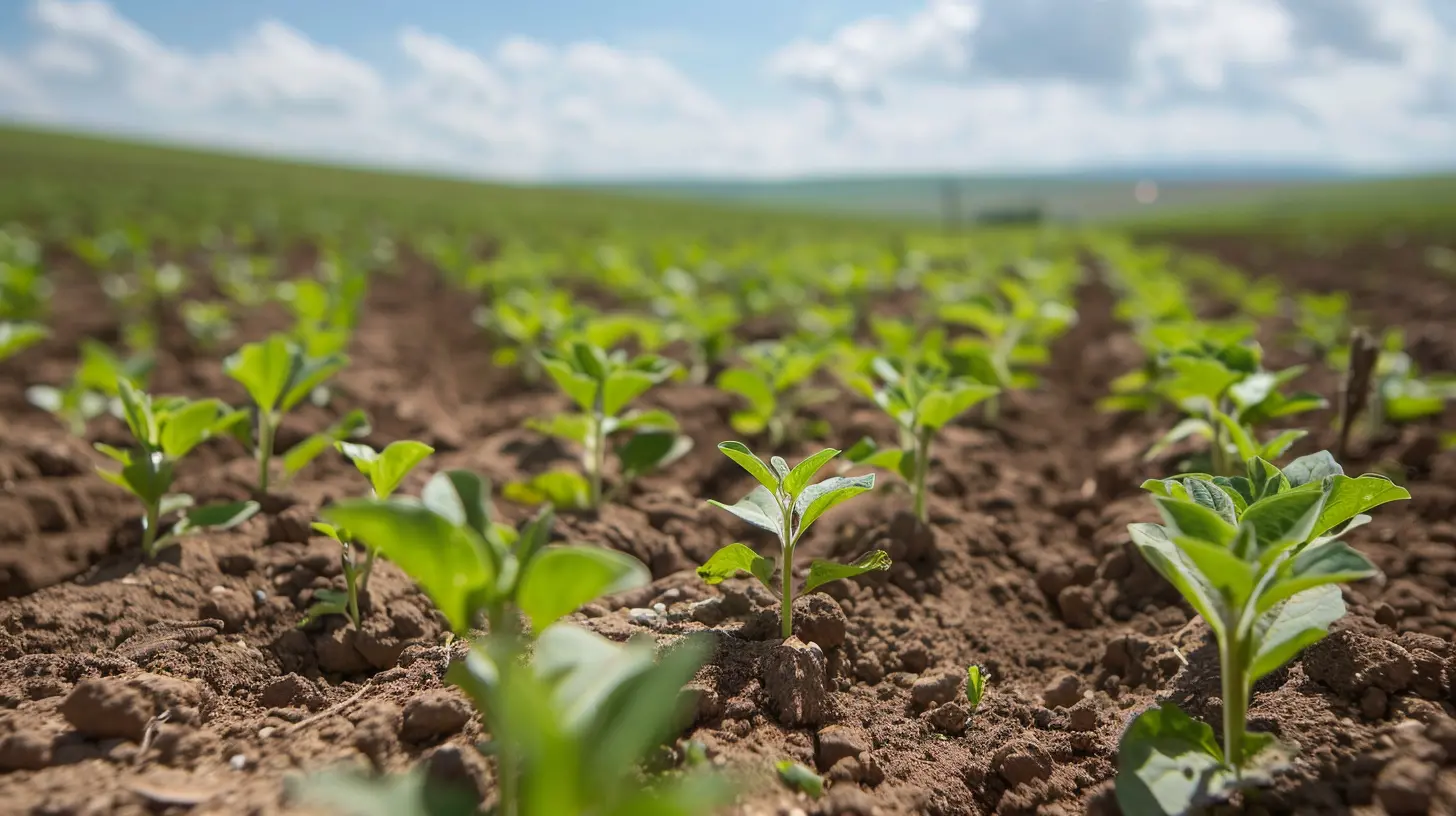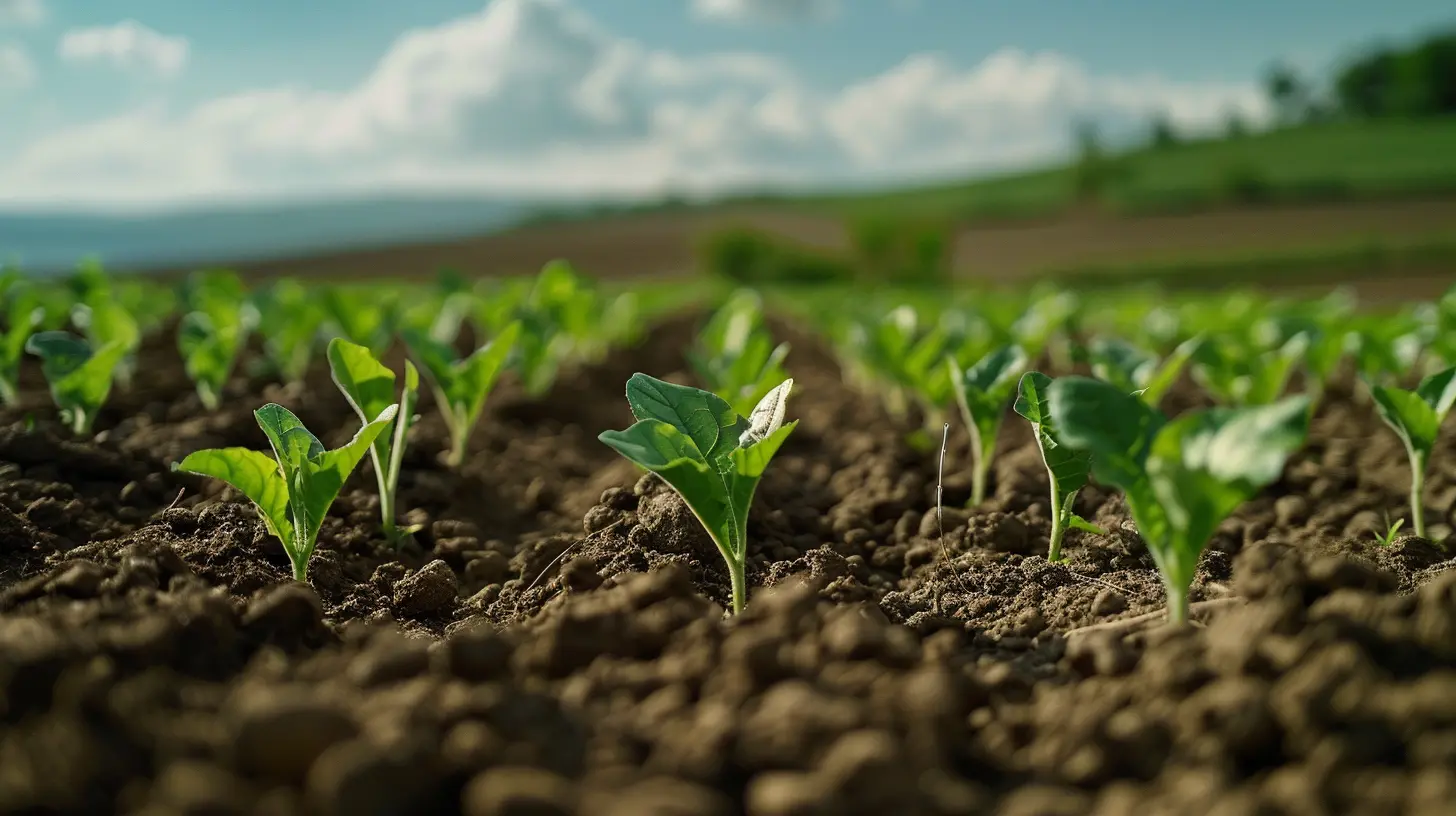Fertilizers are essential for enhancing soil fertility and promoting healthy plant growth. They can be divided into two main categories: organic and chemical fertilizers. Each type has its own unique characteristics and benefits, making it crucial for farmers and agricultural businesses to understand their differences.
Organic fertilizers are derived from natural sources such as compost, manure, and other organic materials. They improve soil health by increasing its organic matter, promoting beneficial microorganisms, and enhancing nutrient availability. Organic fertilizers are known for their slow-release properties, which provide a steady supply of nutrients over time.

Chemical fertilizers, on the other hand, are synthetically manufactured and are designed to provide immediate nutrients to crops. They typically contain concentrated amounts of essential nutrients, such as nitrogen, phosphorus, and potassium. While they can lead to quick results in terms of crop yields, excessive use can result in soil degradation and water pollution.

The main difference between organic and chemical fertilizers lies in their environmental impact and their effects on soil health. Organic fertilizers enhance biodiversity and improve soil structure, while chemical fertilizers may lead to dependency and long-term soil health issues. Sustainable farming practices increasingly favor organic options to promote healthier ecosystems.

When deciding between organic and chemical fertilizers, consider your specific agricultural needs, environmental impact, and long-term sustainability goals. Each option offers distinct advantages; thus, a balanced approach may be the most beneficial in achieving optimal crop yields and maintaining soil health.
